Whatever internet you’re using today, whether it’s through mobile data or Wi-Fi, 99% of the data travels through undersea cables. Optical fiber cables are laid beneath the sea, connecting different continents and enabling our internet connectivity. Why undersea cables? Why not the satellites, orbit the Earth? Well, while it’s possible—Elon Musk’s Starlink does this—current technology struggles to achieve high bandwidth with low latency via satellites, and it’s also quite expensive. So, undersea cables aren’t going anywhere in the near future.

Also Read: 3D Printed Homes On Mars! AI Space Factory’s Marsha Will Be the Future
Active Undersea Internet Cable
According to a submarine cable website, there are currently 493 active or under-construction subsea internet cables globally. Ever wondered about their length? Well, the cable connecting the US and Spain, the Marea cable, spans 6,600 km. Its total weight equals about 24 blue whales. Worldwide, there are approximately 1.5 million kilometers of undersea cables exist —a massive network.

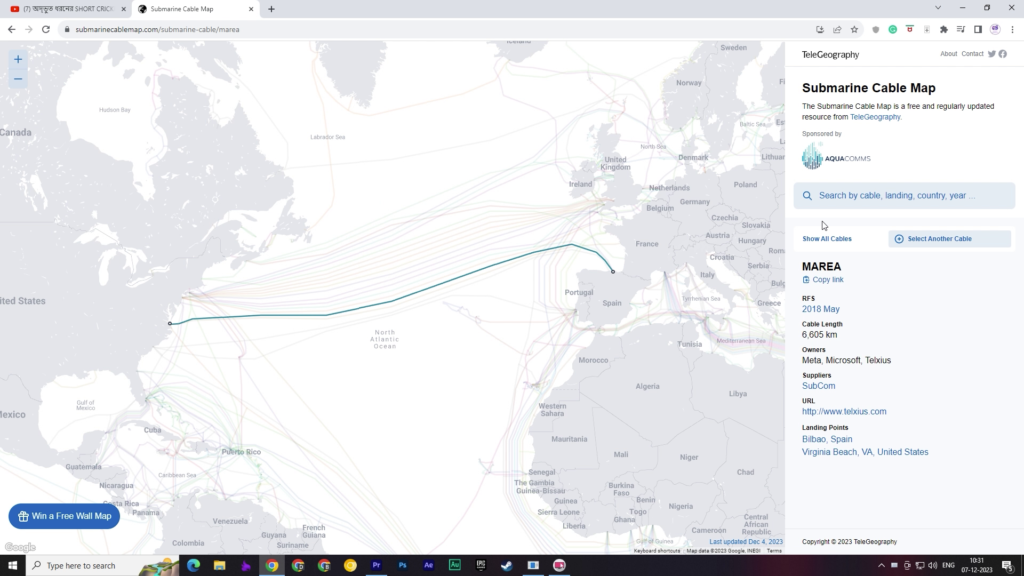
A Brief History of Undersea Cables
It is hard to believe that the estimated cost for all this was between 300 to 400 million dollars. Undersea communication cables aren’t new; the first cable was laid back in the 1850s, connecting England and France—but that was for telegraphy, not for the internet. Unfortunately, that cable got damaged just weeks after installation.
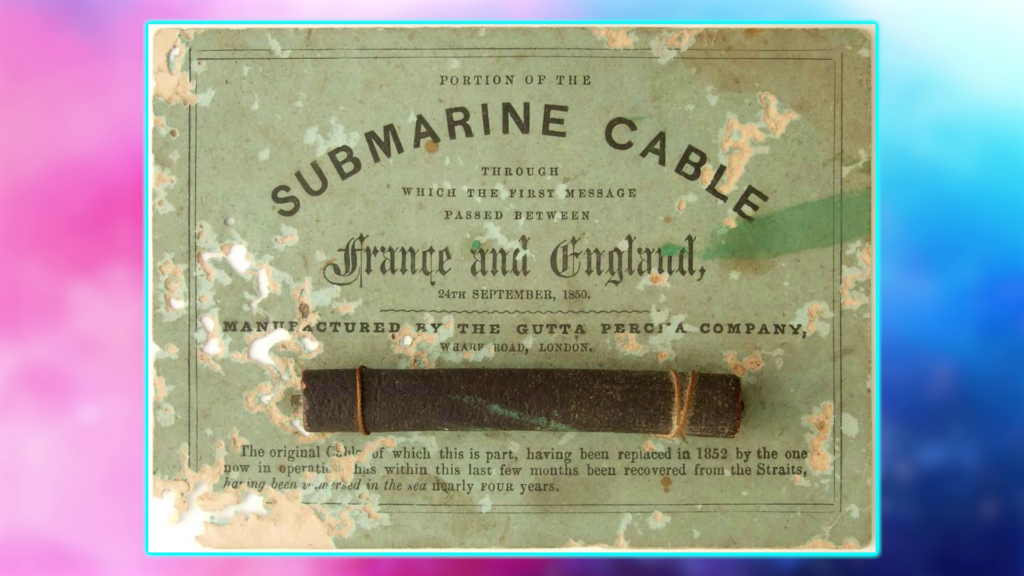
Later, in 1858, the transatlantic submarine cable was laid and we started to use it for telegraphy. Unbelievably those cables took about 2 minutes to transfer one character between continents.
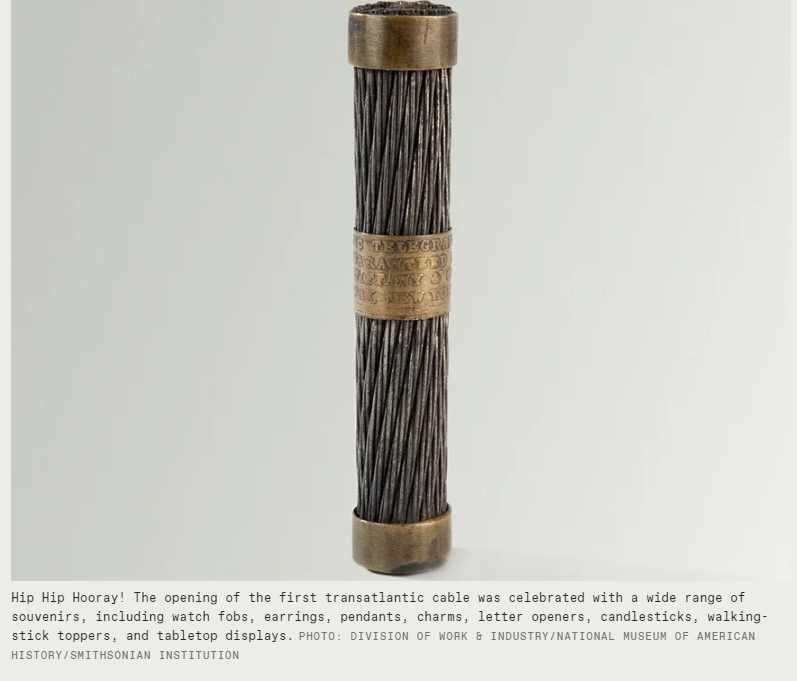
However, everything didn’t remain slow for too long. As we understood the behavior of electricity over long distances we established telephone communication between continents, copper coaxial undersea cables were used to carry full voice calls across the globe. However, coaxial cables weren’t sufficient to handle the global internet traffic, so we shifted to fiber optic technology.
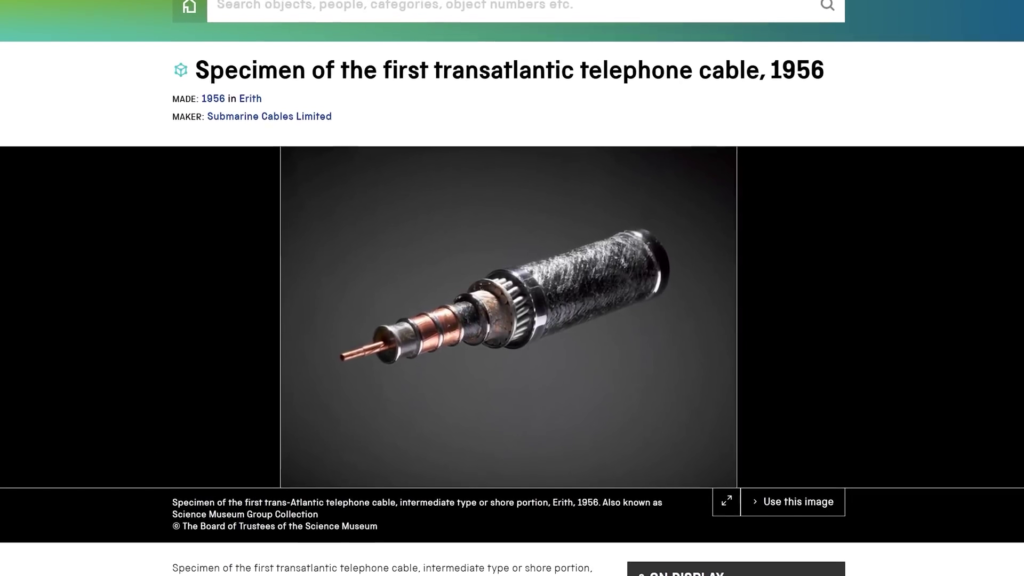
The era of fiber optics began in the late ’80s. Initially, these undersea cables was mainly handled voice calls, but as time passed, it became the backbone of the internet.

Fiber Optic Undersea Cables
Optical fibers use light to transfer data. However, after a certain distance, the light attenuates, requiring the use of repeaters. Repeaters are placed every 72 to 100 km between cables; they act as amplifiers, maintaining signal strength over long distances.

Thinking about how undersea internet cables survive in such a harsh environment? Well, the actual fiber optic cable is surrounded by multiple layers of protection. At the very center of the cable there are the fiber optic tubes which actually carry the data. These cables are protected by copper tubing, which carries power. Between the copper tubing and fiber optic cables thixotropic jelly is used. To safeguard this assembly from water pressure and damage, it’s surrounded by materials like plastic, nylon, and steel. The copper tubing carries a 10,000-volt DC to supply the power to the repeaters.
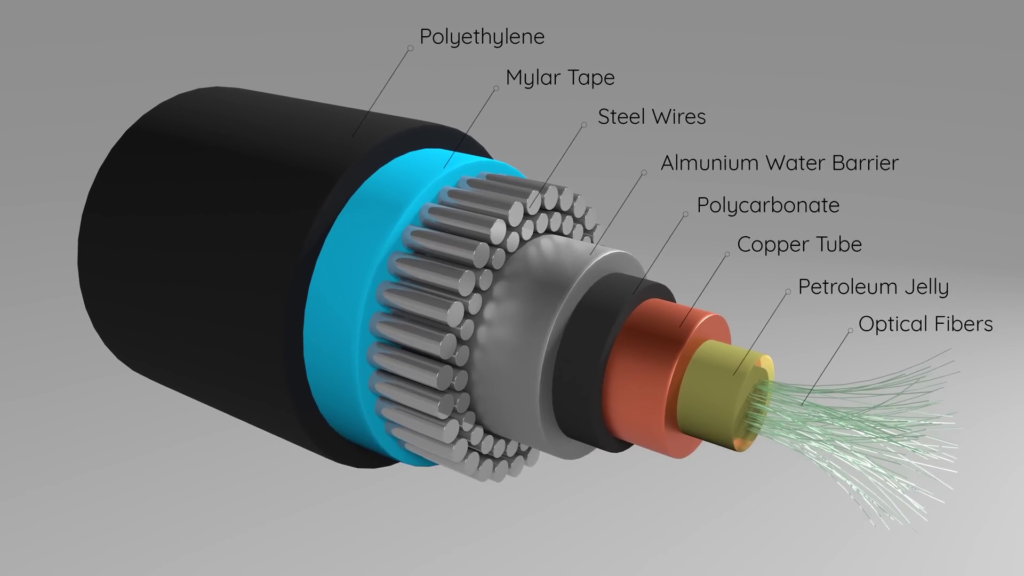
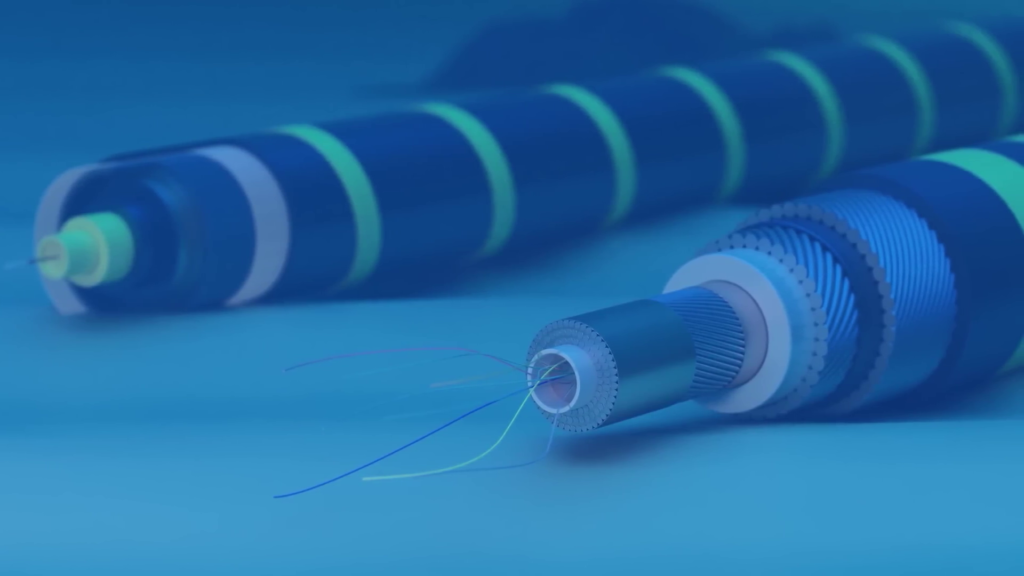
At the inception of fiber optic technology, cables offered transfer speeds in the range of a few megabits per second. However, advancements in material quality over time have increased the bandwidth capability of fiber optic cables to terabits. The original TAT-8 cable offered around 280 Mb/s in 1989, while the 2021 Grace Hopper cable provides speeds of 352 terabits per second.
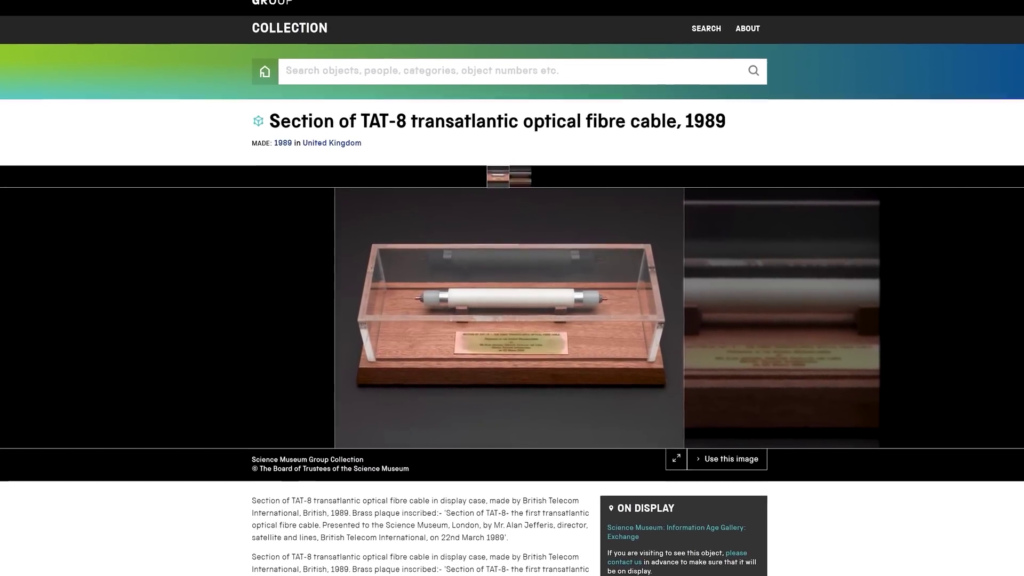

So much data on the internet, yet only a few cables connect continents. How does such vast data flow through selective cables? Bandwidth does matter, but a sophisticated technology called ‘Dense Wavelength Division Multiplexing’ makes this possible. Instead of a single wavelength of light, multiple wavelengths are combined and sent together through fiber optic cables. At each end of the cables, there are data centers that segregate the information. This is a very simple explanation; the processes involved aren’t this easy.
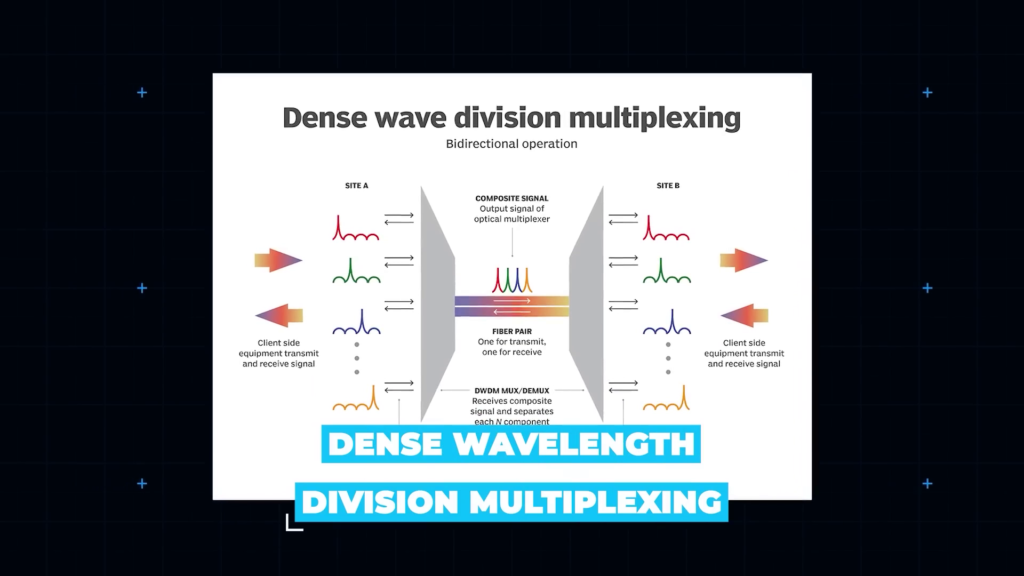
Who Manages Undersea Fiber Optic Cable?
Currently, old telecom companies don’t manage undersea cables. Many are owned by tech giants like Google, Microsoft, and Facebook, etc, while some are managed by governments. For instance, America’s AT&T manages around 230,000 km of undersea cables. As the maintenance and managing cost is so much so no single entity can’t owns these cables; multiple companies across various industries manage them.


How Undersea Cables are Laid?
The process of laying these cables might be another intriguing aspect. Initially, the wires are packed into large cylindrical spools. Then, a special ship is used to lay these wires on the ocean floor, basically, a process that requires months of planning. Areas prone to frequent earthquakes, volcanic activity, or excessive fishing are typically avoided.
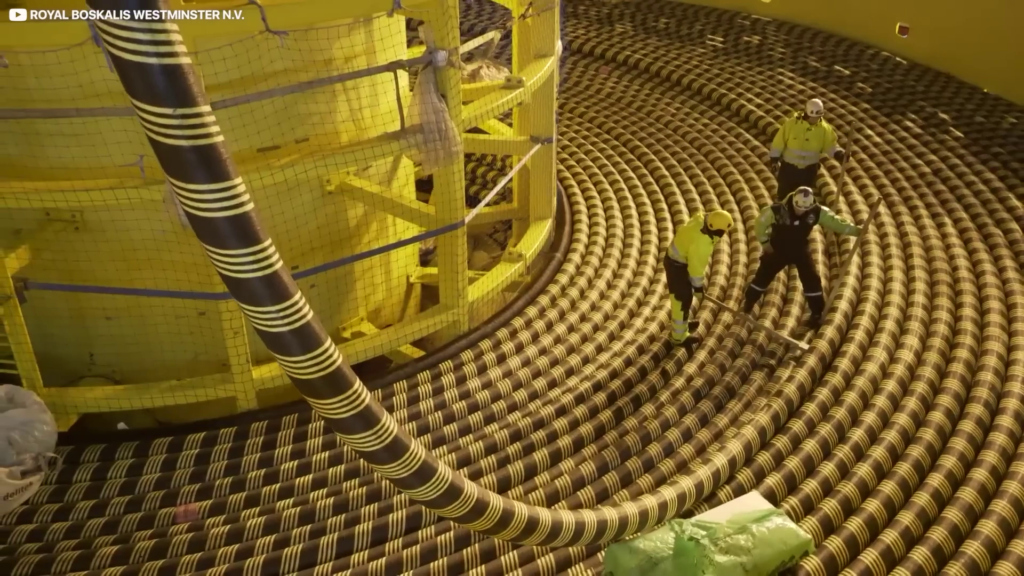
Ships slowly unwind the cable, laying the cable on the ocean floor at a speed of around 10 km per hour. If the ship encounters bad weather, the captain decides whether to continue laying the cable or temporarily anchor the cable using buoys and leave the area. When the weather improves, the ship returns and resume laying the cable.
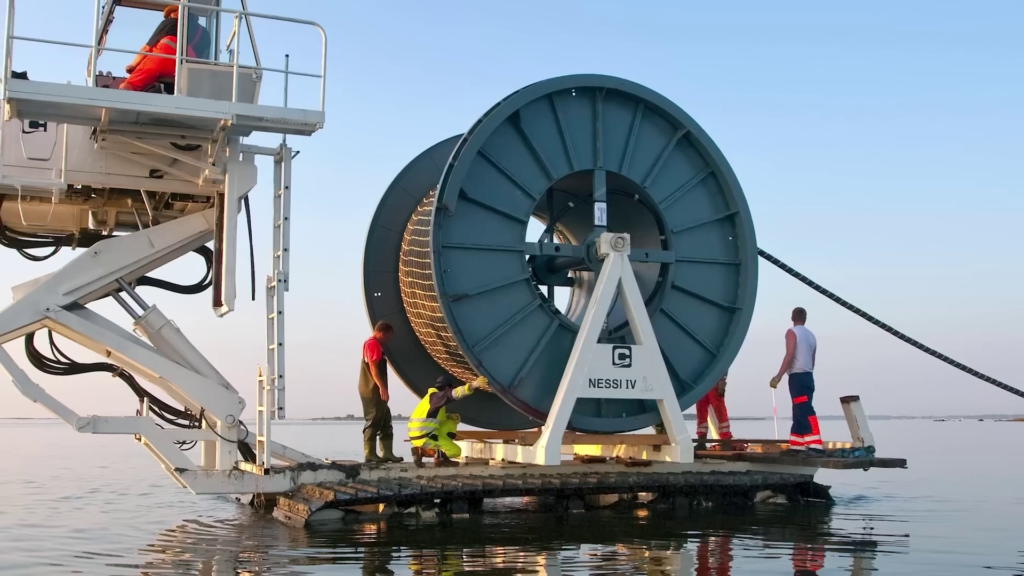
Do Undersea Internet Cables Get Damaged?
Yes, Despite these cables are quite robust but accidents happen. In 2012, Hurricane Sandy damaged several transatlantic cables in the US, and a similar event occurred in Japan in 2011 due to the Fukushima earthquake. However, most cable issues are a result of human carelessness. Trawler nets, ship anchors, and even shark bites have caused damage to these cables.
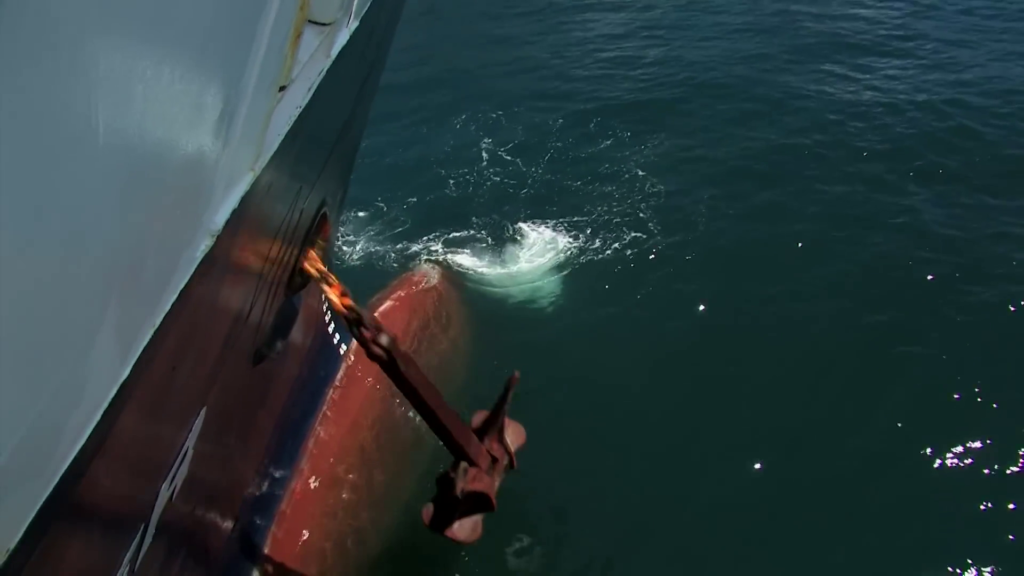
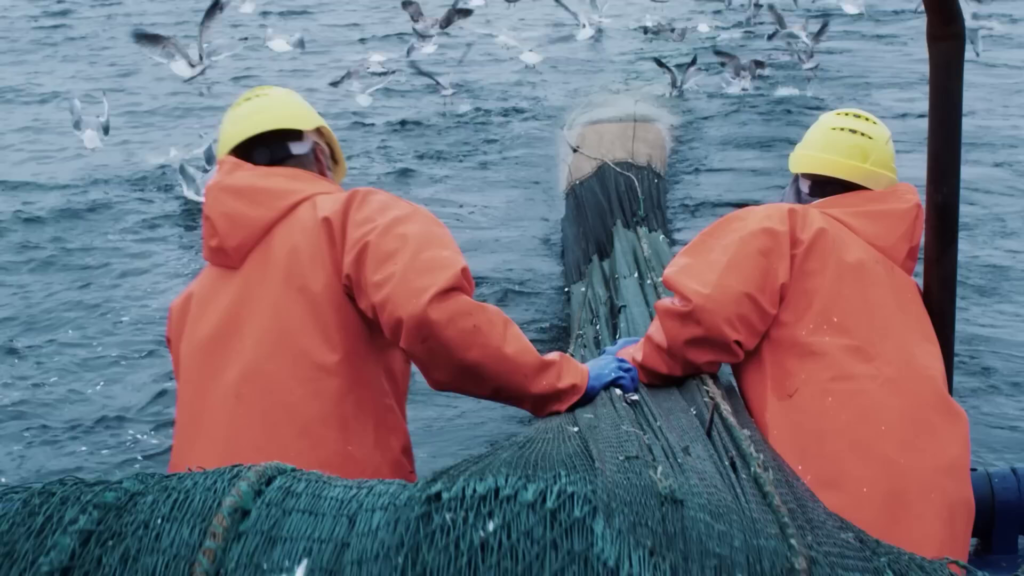
As the cables approach land, the risk of damage increases. To mitigate this, a trench is created using machines on the seabed near the land, within which the cables are laid. This provides an additional protective layer for the cables. When cables reach at she shore additional cable armored are used to isolate these cables and make it fixed on the land so that no one and nothing can easily play around and damage these cables.
Don’t Miss: Settings You Must Turn On In Windows to be Safe
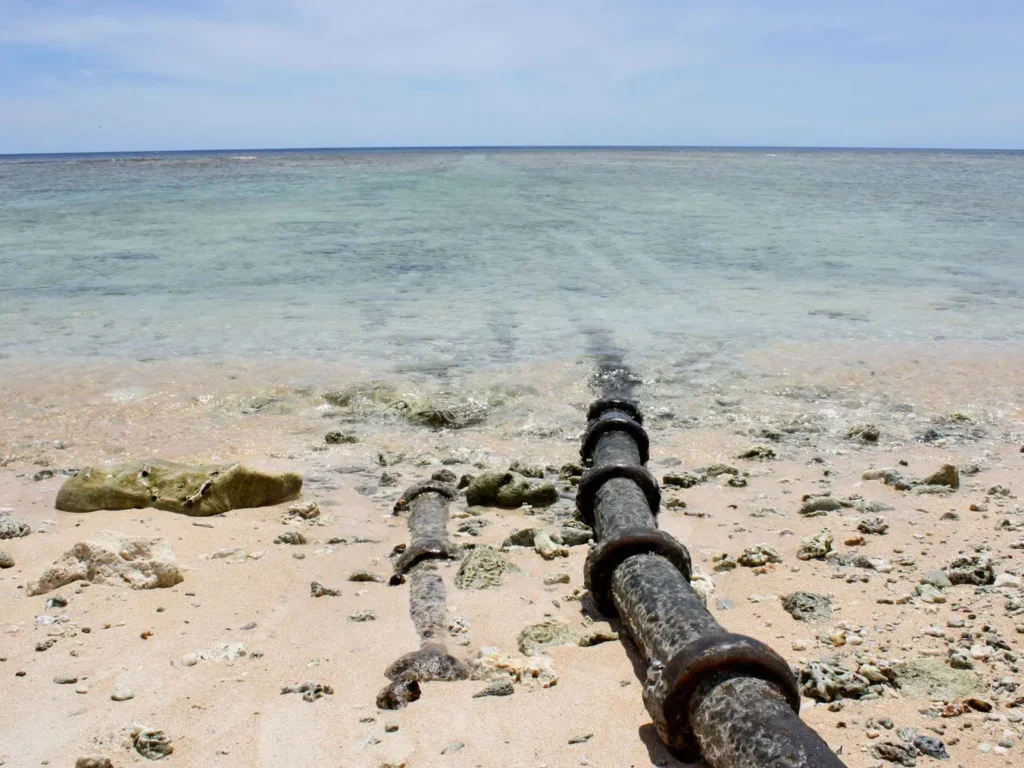
In the Concluding Lines…
In the intricate web of global connectivity, undersea cables stand as the silent giants enabling our digital age. Undersea cables, stretching across vast ocean beds, embody the fusion of advanced technology and meticulous planning. We have witnessed the evolution from copper coaxial to high-speed fiber optic cables showcasing the relentless pursuit of faster and more reliable communication. Ultimately, undersea cables epitomize the intricate dance between innovation, connectivity, and the intricate balance between nature and technology in our interconnected world.
